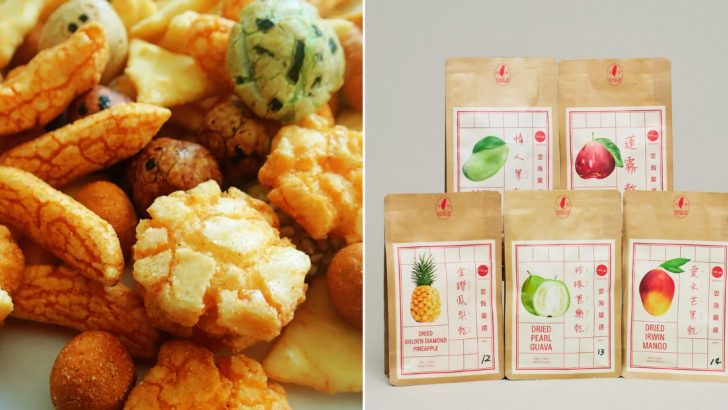There are snacks we grab without thinking—tossed into bags, crammed into glove boxes, stacked in pantry corners. But some of those everyday favorites rely on imported ingredients or global suppliers, and rising tariffs could mean rising prices—or total disappearance.
I’ve been surprised how many of my go-to nibbles come from international sources or rely on imports to stay cheap. If snack time is sacred in your world like it is in mine, consider this your warning and your wishlist.
1. Chocolate Bars

Most of the cocoa used in U.S. chocolate comes from West Africa, and that’s where the trouble starts. Tariff changes could drive up prices or mess with supply chains, turning a simple candy bar into a tiny luxury.
Rich milk chocolate, dark varieties, and even novelty bars might vanish faster than expected. Stock up on your favorites now—or risk watching them get smaller, pricier, or both.
2. Gummy Candies
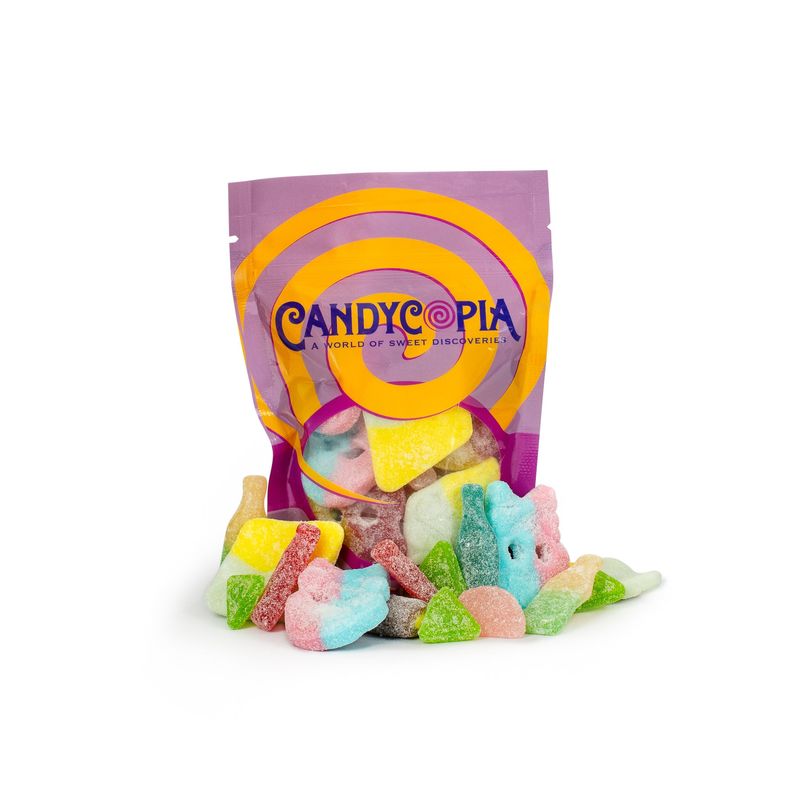
Haribo, Trolli, and other chewy classics often come straight from Europe or rely on imported gelatin and flavorings. Those perfectly chewy textures and bold fruit flavors don’t grow on trees—they come from carefully sourced ingredients that aren’t always local.
Whether you prefer bears, worms, or rings, be prepared to pay more for the good stuff. It’s gummy drama with real consequences.
3. Instant Ramen
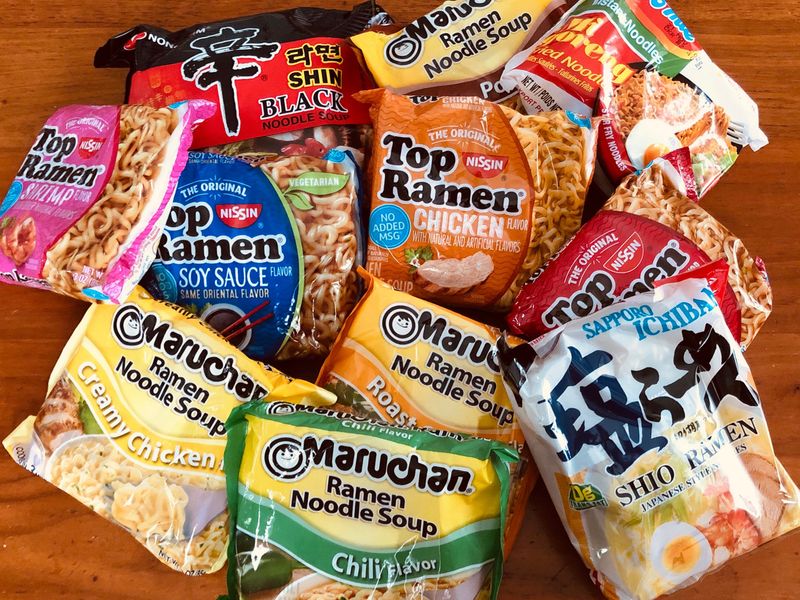
A dorm-room staple and late-night lifesaver, instant ramen owes its signature noodles and flavor packets to imported ingredients. Many brands come from Japan, Korea, or Southeast Asia, and tariffs could hit them hard.
Even U.S.-made versions depend on global spice blends and oils. If the shelves look emptier soon, you’ll know why.
4. Imported Cookies

That tin of buttery Danish cookies or sleeve of delicate Italian wafers might not be so easy to find if trade issues flare up. Brands like LU, Bahlsen, and Loacker aren’t baked next door—they’re shipped from Europe.
What feels like a simple treat is a product of careful international baking. Keep a box in the pantry while you can.
5. Snack Nuts

Almonds might be homegrown, but many mixed nut blends include cashews, pistachios, or macadamias from abroad. When import taxes spike, so do the prices of your favorite salty handfuls.
Some flavored varieties also use spices that don’t grow in the U.S. Buying in bulk might not be a bad idea right now.
6. Cheese Crackers
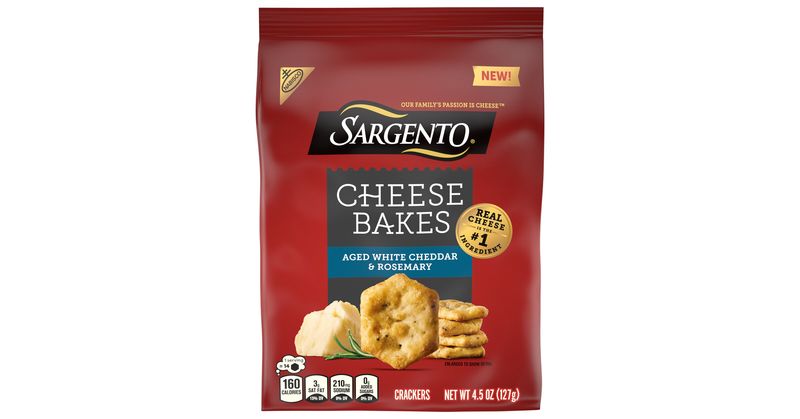
Cheddar-flavored snacks, from crunchy fish to little orange squares, often rely on cheese powder made from imported dairy or enzymes. It sounds weird, but even “American cheese” can have international roots.
If tariffs mess with dairy imports, your favorite orange snacks might quietly change recipes—or cost more without warning.
7. Packaged Dried Fruit

Tropical fruits like mango, pineapple, and papaya don’t grow in most U.S. climates. A lot of what ends up in trail mix or health food aisles comes from Central America or Southeast Asia.
Dried fruit already costs more than fresh—tariffs would only make that worse. Don’t be shocked if those snack packs start shrinking.
8. Flavored Potato Chips
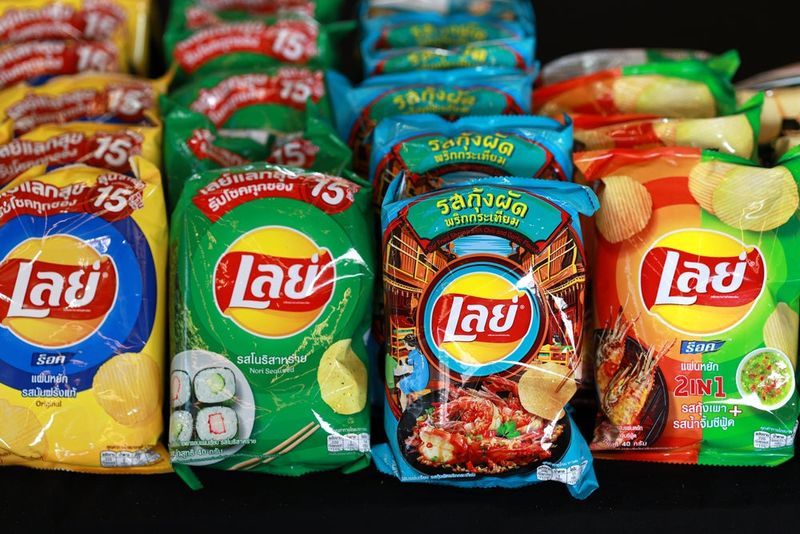
Basic salted chips are safe—for now. But the wild flavors you love, like Thai chili or vinegar from specialty European brands, often rely on imported seasonings.
Some of the most creative snack brands source ingredients globally to get those punchy profiles. Less flavor variety might be the first thing to go.
9. Trail Mixes

Most trail mixes are made in the U.S., but ingredients like chocolate, dried fruit, coconut, and nuts often aren’t. That handful of fuel for hikes or long drives is a surprisingly international affair.
Prices could climb or ingredient lists might quietly shift. Reading the fine print might be your new hobby.
10. Energy Bars
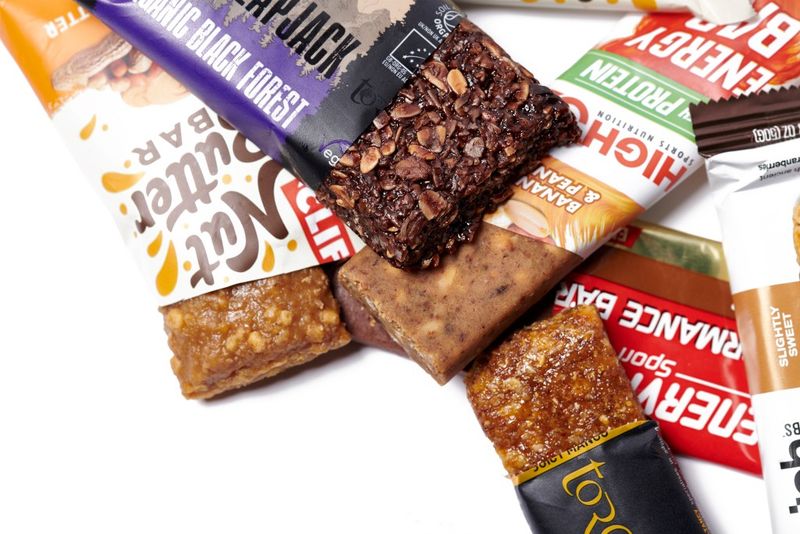
Popular protein and energy bars often use ingredients like cocoa nibs, agave, dates, or chia seeds that come from abroad. Even the packaging can involve imports, believe it or not.
If costs spike, companies may tweak recipes to keep prices down. The bars might look the same—but taste just a little off.
11. Popcorn Snacks
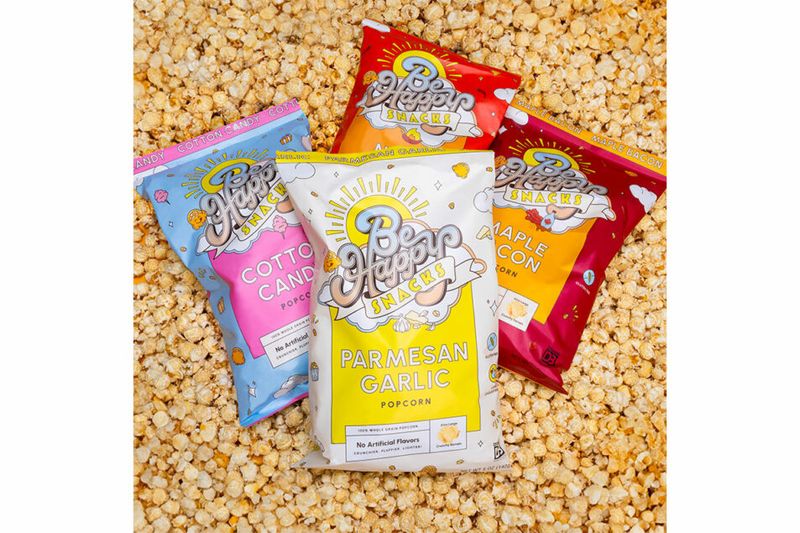
Plain popcorn is pretty tariff-proof, but flavored versions and “popcorn hybrids” (you know the ones—drizzled in chocolate, stuffed with pretzels, or dusted with truffle salt) depend on ingredients from everywhere.
The more gourmet the snack, the more risk of import price hikes. Watch for flavor changes if things get tense.
12. Fruit Snacks
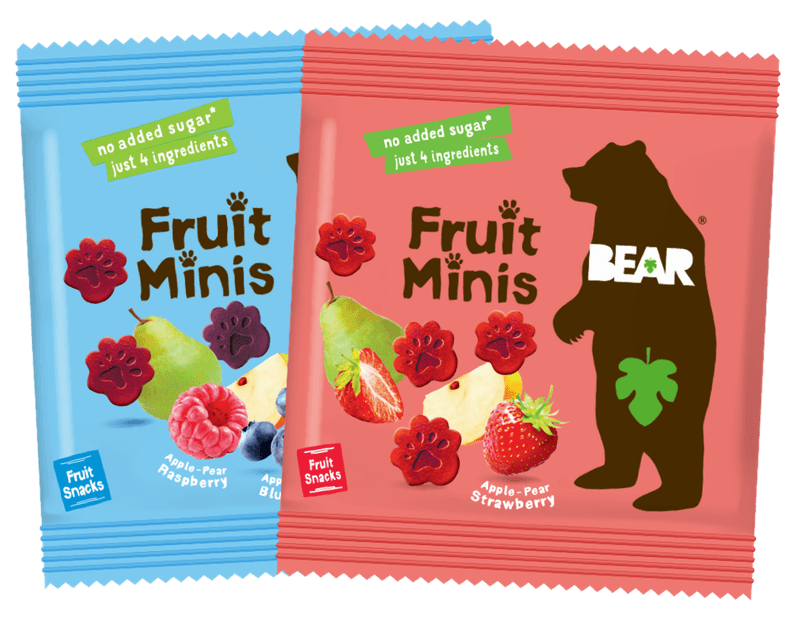
Those chewy little pouches that claim to be fruit-adjacent often use imported fruit purees or concentrates. Mango, passionfruit, and even apple puree can come from other countries, depending on the brand.
If costs rise, expect fewer exotic flavors—or more fillers you can’t pronounce.
13. Granola Bars
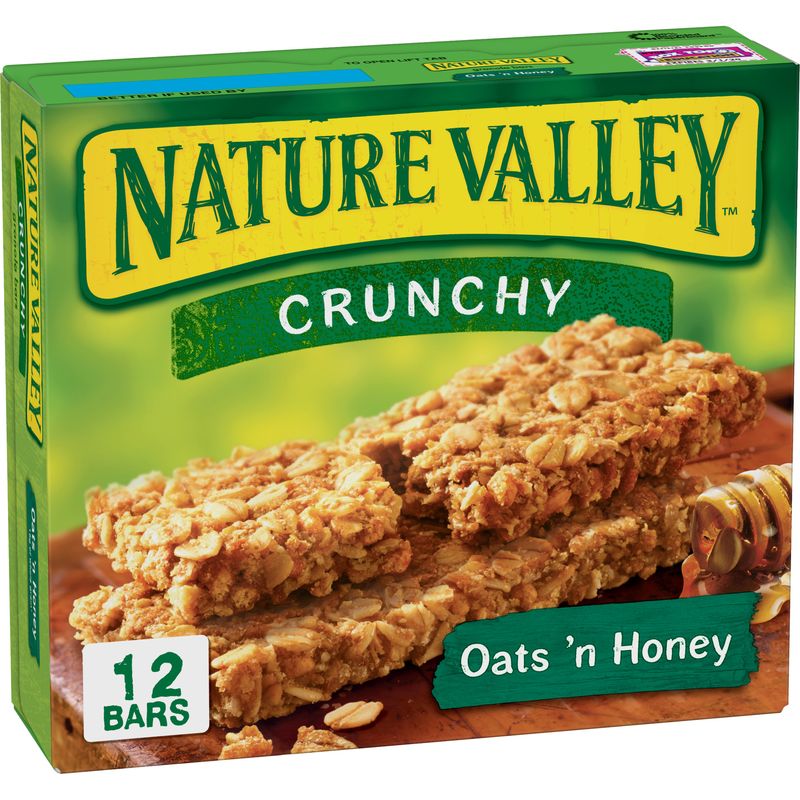
Granola seems all-American, but those dried blueberries, coconut flakes, and sunflower seeds are another story. Most bars rely on a mix of imported and domestic ingredients.
If the good stuff gets too expensive, you might start noticing more oats and fewer extras.
14. Pretzel Bites
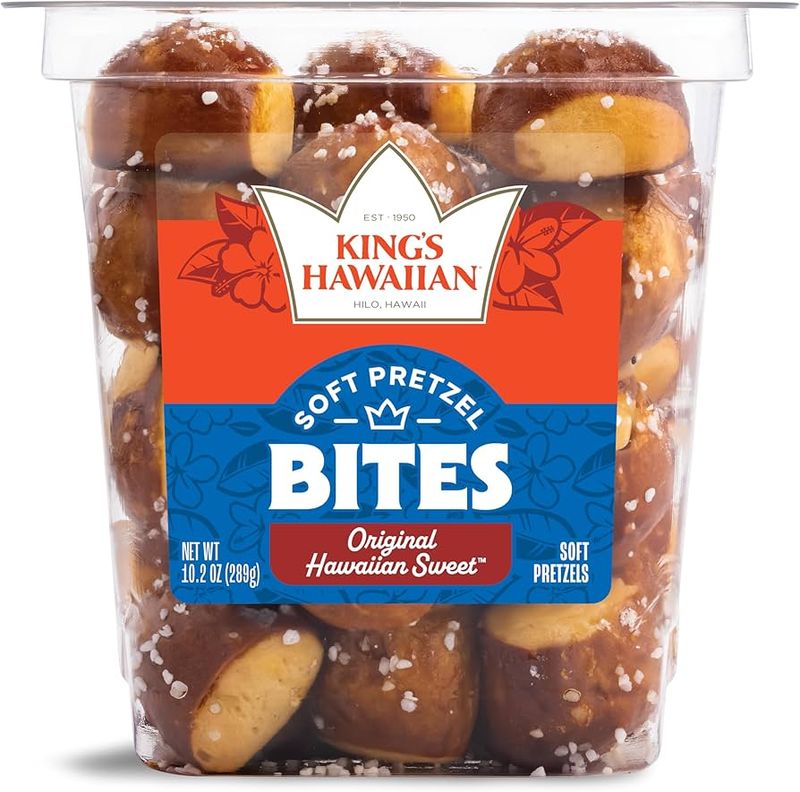
Pretzels themselves are simple, but stuffed or flavored ones often aren’t. Cheese blends, peanut butter fillings, and seasoning powders can include components that travel halfway across the globe.
Don’t be surprised if your snack aisle favorites start tasting more basic or cost more than they should.
15. Rice Crackers
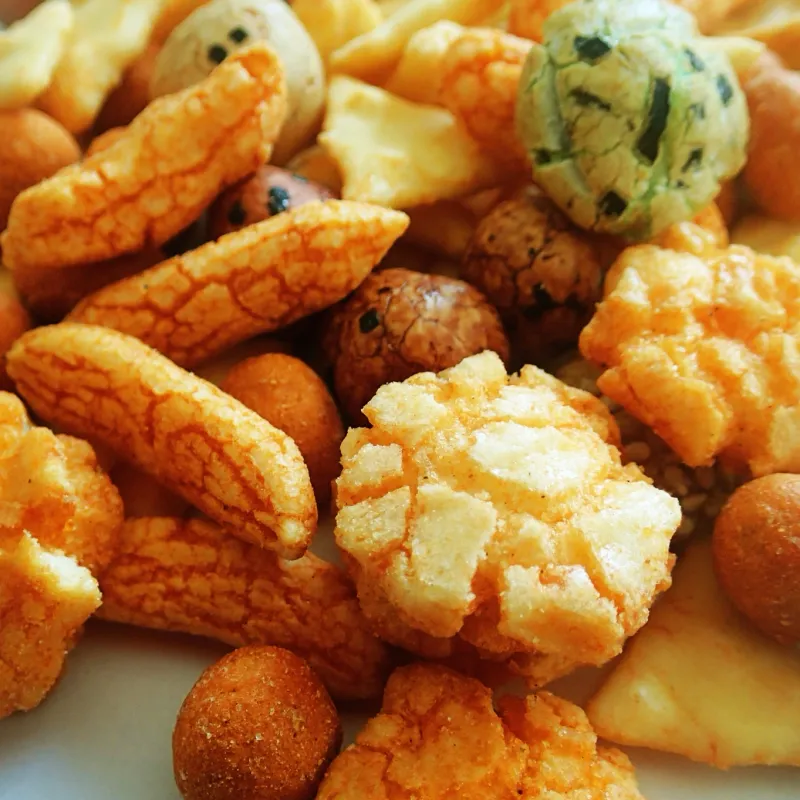
Many brands come from Japan or are made with imported rice and flavorings. That salty crunch with a hint of soy or sesame depends on ingredients not grown here.
If you love Asian-inspired snacks, these might be among the first to get hit by tariff-related price spikes.
16. Seaweed Snacks
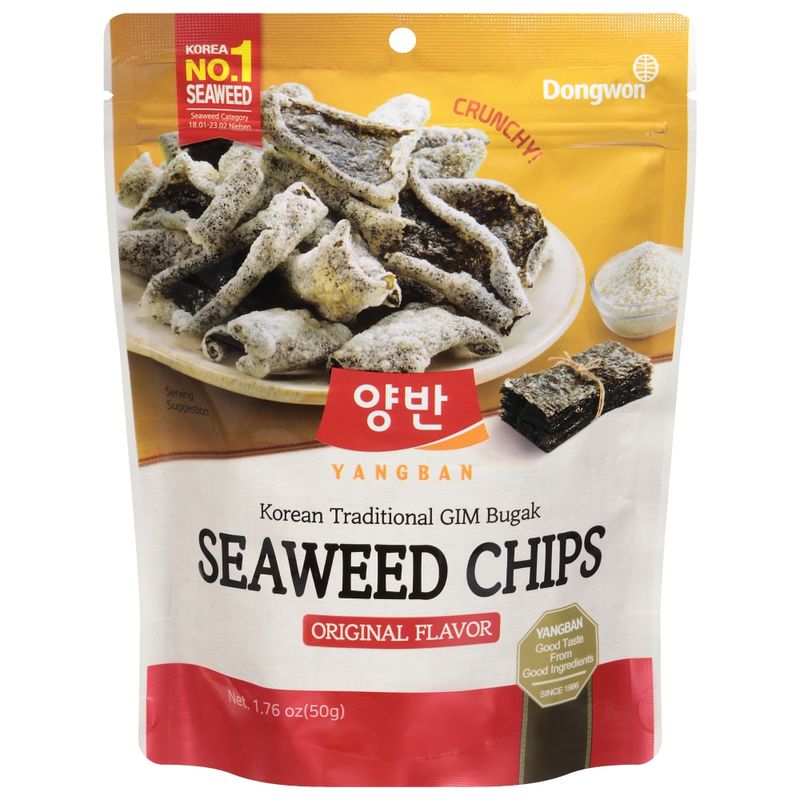
Most snackable seaweed comes from South Korea, China, or Japan, where it’s farmed and seasoned before shipping out. Light, crispy, and addictive, these green sheets are more global than they seem.
Tariffs could cause shelves to empty or prices to double. Stock up now if these are part of your routine.

